Reports

Advancing City Energy Supply Transformation
To help cities advance effective and equitable energy supply transformation planning, Meister Consultants Group has developed a suite of products that summarize the key factors cities must consider, identify potential strategies appropriate in different circumstances, and illuminate emerging trends in approaches cities are taking. These resources recognize that the unique circumstances of different cities may lead to very different approaches to planning and implementation and therefore do not suggest that there is a one-size-fits-all strategy for cities to use. Rather the resources offer frameworks that can support the planning process, as well as insights into the proven – and emerging – practices that leading cities are using to accelerate the shift to clean, renewable energy. Check out the four reports!
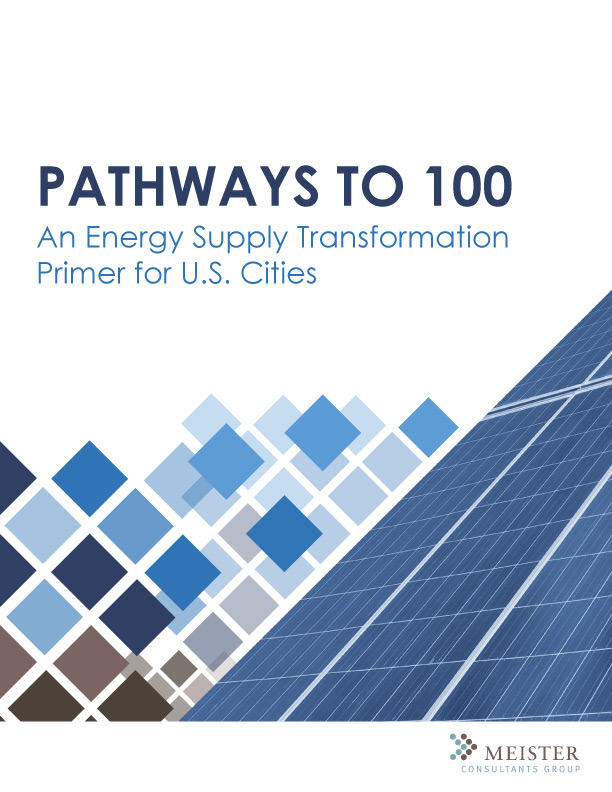
Pathways to 100: An Energy Supply Transformation Primer for U.S. Cities (May 2017)
“Pathways to 100” is designed to help cities plan for a transition towards 100% renewable electricity supply. Cities and their partners will be able to use “Pathways to 100” to
- understand their unique energy landscape,
- identify strategies that are applicable to their utility and state policy context, and
- organize city staff and external networks to support energy supply transformation.
“Pathways to 100” includes an Appendix that can help cities embed equity in their city energy supply system transformation. This work was made possible through the generous support of the Energy Foundation and The Kresge Foundation.
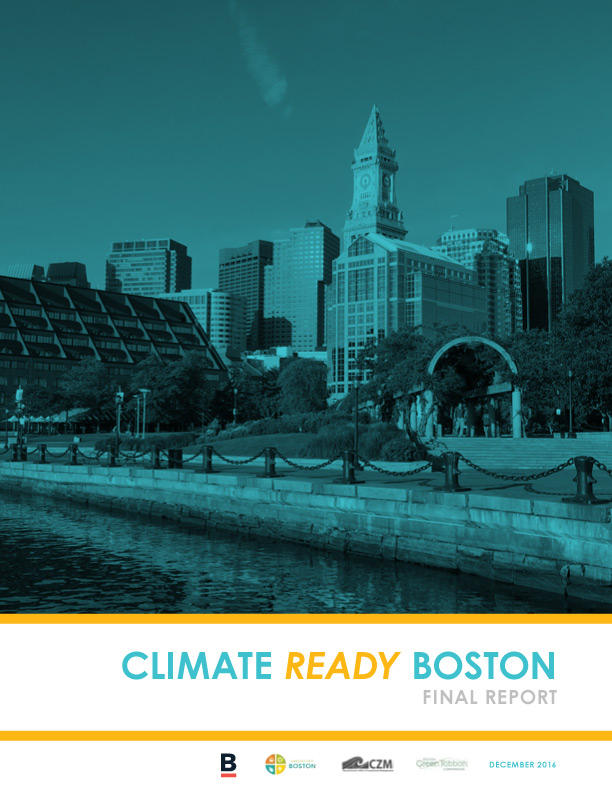
Climate Ready Boston
A top-notch analysis of Boston’s sea-level rise challenge (and other climate-change risks) that converts an enormous amount of technical information into clear public communication. In addition to the detailed risk analysis, contains an insightful framework for developing potential actions for the city to take.
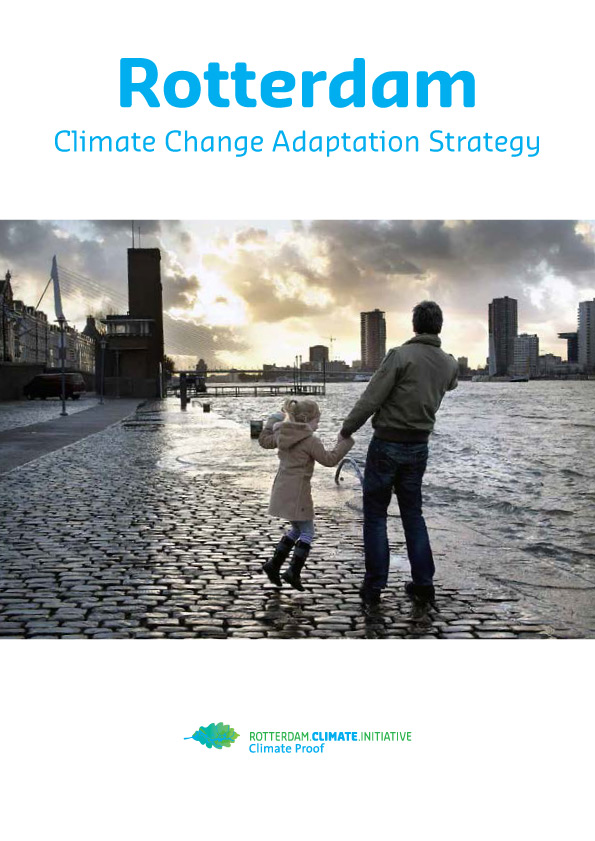
Rotterdam Climate Change Adaptation Strategy
One of the best city climate adaptation plans we’ve seen, especially in tackling sea level rise. (Much of Rotterdam is below sea level). Clear explanations of the causes and climate risks and articulation of the city’s goals, district by district. Most important, the plan weaves impressive climate-change actions into a larger vision for the city in the 21st century.
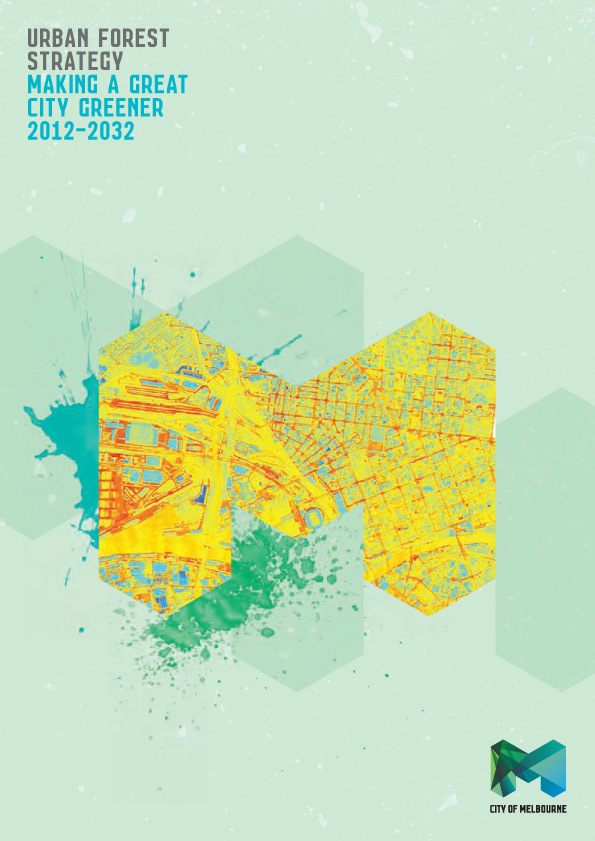
Melbourne Urban Forest Strategy
Presents a fascinating analysis of the Australian city’s challenges and opportunities when it comes to adapting and using its public forest to help the city cope with extreme heat, rainfall, and drought. The history of Melbourne’s landscape and the data about its roughly 70,000 publicly owned trees provide the backdrop for an ambitious climate adaptation strategy.
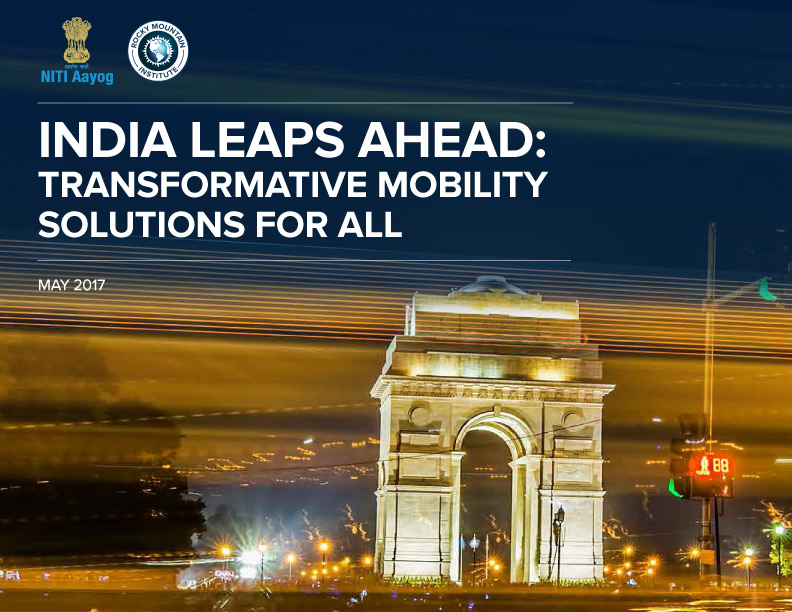
India Leaps Ahead: Transformative Mobility Solutions for All (May 2017)
“Making India’s passenger mobility shared, electric, and connected can cut its energy demand by 64% and carbon emissions by 37%.”
— Report from NITI Aayog and Rocky Mountain Institute. 10-page executive summary is worth a read.
“India is uniquely positioned to take advantage of developments due to a set of advantageous conditions and capabilities. The main elements for India’s mobility transformation are system integration, shared infrastructure development, and scaled manufacturing.”
— NITI Aayog Vice Chairman D. Arvind Panagariya
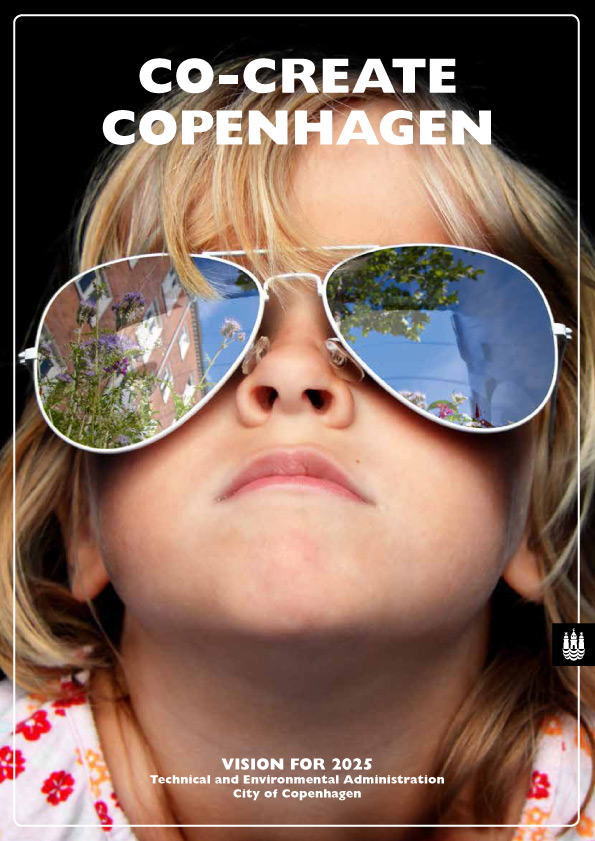
Co-Create Copenhagen: A Liveable, Responsible City with an Edge
Copenhagen’s vision for 2025, “Co-Create Copenhagen,” integrates its climate action strategies for GHG reduction and climate-change adaptation with a broader approach to the city’s development in the 21st century. This approach is not unique among leading-edge climate innovation cities, but CPH has been at it for a number of years and has shaped a future identity as a city that is impressively thoughtful and compelling. The vision calls for “a radical rethinking of the nature of urban development” that requires “more than traditional planning.”
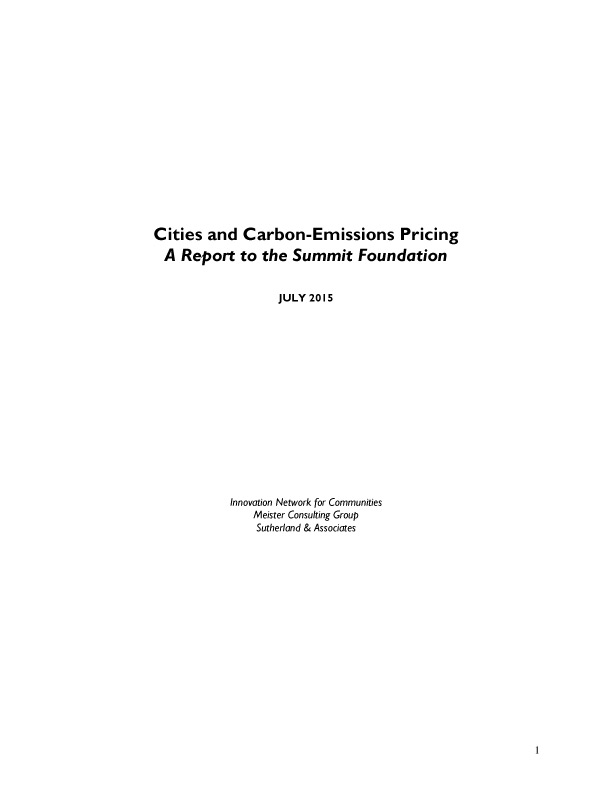
Cities and Carbon Emissions Pricing (July 2015)
Among the findings and implications identified in this report:
- Only a very small number of cities worldwide have attempted to price carbon emissions using either a tax or emissions trading scheme—and these have been driven by different purposes and different designs.
- Only a few U.S. cities have actively explored or are exploring the potential of enacting carbon-pricing mechanisms, but there is a strong correlation between a city having already adopted a long-term goal for deep carbon-emissions reduction (e.g., 80 percent reduction by 2050) and having an interest in local pricing mechanisms.
- Cities appear to have substantial uncertainty and little knowledge about how the potential implementation of pricing mechanisms at other levels of government in the U.S. might affect their own efforts to reduce carbon emissions.
Book Reviews
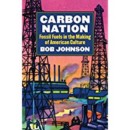
Carbon Nation: Fossil Fuels in the Making of American Culture
Author: Bob Johnson
Published: 2014 – Buy the book »
Historian Bob Johnson examines the start of the fossil-fuel revolution in the US in the 1800s and shows how it created more than a new energy economy. A new American culture came into being. “We became a people of prehistoric carbon between 1885, when the United States experienced its first energy crisis, a ‘crisis of abundance,’ . . . and 1970, when we experienced a second, more depressing crisis of malaise,” Johnson explains. “In these years . . . prehistoric carbons grafted themselves onto and embedded themselves deep with the American self.”
Johnson mines historic materials to make his case–much as we found, in researching our forthcoming book, Life After Carbon, that examining the interconnected rise of the fossil-fuel economy and the modern city was driven by new ideas that became deeply embedded in urban development and global urbanization. And, as he points out toward the end of Carbon Nation, what became embedded in the modern self–the ideas, feelings, symbols, art, and so on–can be hard to change.
“The urge to look sideways at our energy dependencies goes well beyond unhampered propaganda and lax political contribution laws. It also derives from the fact that most Americans–on the political right and left and in the center–have very strong short-term incentives to want to believe that the status quo can be maintained.” Certainly the same is true about the underlying model–the assumptions–for modern urban development. Johnson continues: “To imagine life without prehistoric carbons . . . means engaging ourselves in the very messy and uncomfortable work of finding out who we are and what we might be without combusting fuels.” This is precisely what cities that have been most aggressive about decarbonizing themselves are discovering: the work is not just about technical solutions that reduce GHG emissions; it’s about reimagining the city’s identity and future.
Johnson makes another point about carbon culture in the U.S. that seems fresh. The rise of the fossil-fuel economy in the early 18th century occurred before Americans had experienced the limits of exploiting natural ecosystems–and the pain of economic contraction–that Europeans had already been through. In the US there was still much more land, trees, minerals and the like to consume. Americans evaded “the logic of organic constraints felt so viscerally in more land-strapped early modern regions such as England, France, Germany, Japan, and China.” As a result, Johnson concludes, “Americans became subsequently vaccinated against talk of ecological constraints.”
Climate change presents a great challenge to this nation’s deeply held cultural aversion to ecological limits. No wonder Johnson says that “disentangling ourselves from prehistoric carbon implies, in other words, that we are willing to cleave off a part of ourselves.”
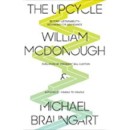
The Upcycle: Beyond Sustainability–Designing for Abundance
Author: William McDonough and Michael Braungart
Published: 2013 – Buy the book »
“If human beings were to devise products, tools, furniture, homes, factories, and cities more intelligently from the start, they wouldn’t even need to think in terms of waste, or contamination, or scarcity. Good design would allow for abundance, endless reuse, and pleasure.” This is the basic idea that architect William McDonough and chemist Michael Braungart offer in The Upcycle. Endless reuse is their language for what’s now being called the “circular economy”–a concept applied design of products, workplaces, industries, and cities. In short, food=waste=food.
The Upcycle lays out an elegant conceptual framework for achieving this inspiring vision. As President Bill Clinton says in the foreword: “The optimist says the glass is half full and the pessimist says it’s half empty. Bill and Michael say it’s always totally full–of water and air–and they are constantly working to share that full glass with more people, to make it even bigger, and to celebrate the abundance of things that enable us to thrive.”
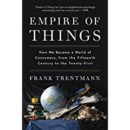
Empire of Things: How We Became a World of Consumers, from the Fifteenth Century to the Twenty-First
Author: Frank Trentmann
Published: 2017 – Buy the book »
“Our lifestyles, and their social and environmental consequences, should be the subject of serious public debate and policy, not left as a matter simply of individual taste and purchasing power. . . . Such a debate has to be bold and envisage different lifestyles and the concomitant changes to housing, transport and culture. It will need more people to remember that, as consumers, they are citizens and not just customers.”
With these words, distinguished historian Frank Trentmann draws his magisterial 2017 book, Empire of Things, to a close. The book’s subtitle, How We Became a World of Consumers, from the Fifteenth Century to the Twenty-First, describes Trentmann’s ambition, which has global scope. He uncovers the historical roots of our modern consumer society, starting in the 1600s, partly by mining an enormous amount of data from an amazing array of sources, and partly by recognizing what came before it. A big shift occurred when wealthy Europeans in cities turned away from an idea that had guided previous generations, Aristotle’s praise for the use of private wealth as, Trentmann says, “a sign of civic virtue and pride in a community governed and defended by like-minded brave, propertied citizens. . . . The admired life was that if the active citizen who increased the splendor and strength of his city by erecting monumental buildings, commanding an army and sponsoring communal feasts and public works. Large-scale consumption was safe—and could be enjoyed—when it occurred in the pursuit of such public ends.”
Citizen-consumers. Consumers as virtuous citizens—taking responsibility for the social and ecological consequences of their consumption. A fantasy, perhaps, but as Trentmann’s project shows, what we feel and think about consumption, and the ways we consume, have not been fixed. They evolved and will continue to evolve.
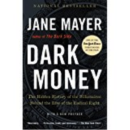
Dark Money: The Hidden History of the Billionaires Behind the Rise of the Radical Right
Author: Jane Mayer
Published: 2016 – Buy the book »
Mayer’s book describes the sophisticated three-decade strategy of a network of the world’s richest people (many, but not all, of whom made their wealth in the fossil fuel industry) to engineer the political and regulatory system in a way that advances their corporate interests, and their extreme right-wing ideologies. The network is led by the Koch family, whose patriarch was a founder of the John Birch Society. But it also includes multiple other billionaires, including Mellon heirs, the Coors and DeVos families and Wall Street players like Steven Cohen, Paul Singer and Stephen Schwarzman. They have invested billions of dollars in a byzantine network of non-profit institutes and lobbying organizations (including such well-known players as the Heritage Foundation, ALEC, Americans for Prosperity) designed to advance “free market” philosophies—including a robust denial of climate change, its origins, and effects. Dark money set up the ascendency of Donald Trump, who has fully embraced the network and brought many of its players into its administration. (See this great post by George Monbiot on some aspects of this integration.) This is the scale of opposition that climate leaders are up against and the scale of resources that will be needed to defeat them.
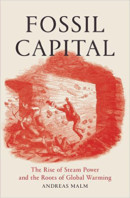
Fossil Capital: The Rise of Steam Power and the Roots of Global Warming
Author: Andreas Malm
Published: 2016 – Buy the book »
Malm, who teaches human ecology at Lund University in Sweden, provides deep research and meticulous arguments to conclude that economic interests, the logic of profit-seeking capitalists in 18th and 19th century Britain, drove the use of coal to power steam engines to run the new factory machinery of the Industrial Revolution, and triggered the enormous expansion in fossil-fuel burning that has resulted in climate change.
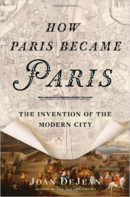
How Paris Became Paris: The Invention of the Modern City
Author: Joan DeJean
Published: 2015 – Buy the book »
With remarkable historical evidence and a witty approach, DeJean, Trustee Professor of Romance Languages at the University of Pennsylvania, examines how planned developments in the 17th century gave Paris its modern identity and introduced new, enduring ideas about the design and use of urban public space.
Sites We Use All the Time
The Daily Climate – Free subscription
The Daily Climate is an independent media organization working to increase public understanding of climate change, including its scope and scale, potential solutions and the political processes that impede or advance them. The Daily Climate does not espouse a political point of view on the news but instead reports the issue to the best of our ability. Editorial integrity is the foundation of our mission. Our reporting, editing and publishing adheres to the highest standards of journalism, including honesty, accuracy, balance and objectivity. The Daily Climate’s aggregation represents the news of the day, irrespective of the opinion or viewpoint expressed, or whether or not material in the article is consistent with our understanding of current science.
Citiscope – Free subscription
Citiscope‘s mission is to spur innovations to help cities work better for all of their people through the power of independent journalism. Today’s global media, for all its diversity and assets, suffers clear market failure on issues of immense concern to city builders and reformers everywhere. The prevailing focus, in print and broadcast, is on politics, central governments’ policies, personalities, and disasters. Digital media are picking up some of the slack, but long-term, focused coverage is still insufficient. Citiscope seeks to fill some of the gap and act as a conduit of experimentation to public officials, administrators, and decision-makers of cities worldwide.
We got to know RBD well after it designed and managed the successful Rebuild By Design competition in New York City after Superstorm Sandy.
Rebuild by Design convenes a mix of sectors – including government, business, non-profit, and community organizations – to gain a better understanding of how overlapping environmental and human-made vulnerabilities leave cities and regions at risk. Rebuild’s core belief is that through collaboration our communities can grow stronger and better prepared to stand up to whatever challenges tomorrow brings. Through a partnership with 100 Resilient Cities (100RC), Rebuild’s collaborative research and design approach is helping cities around the globe achieve resilience.

